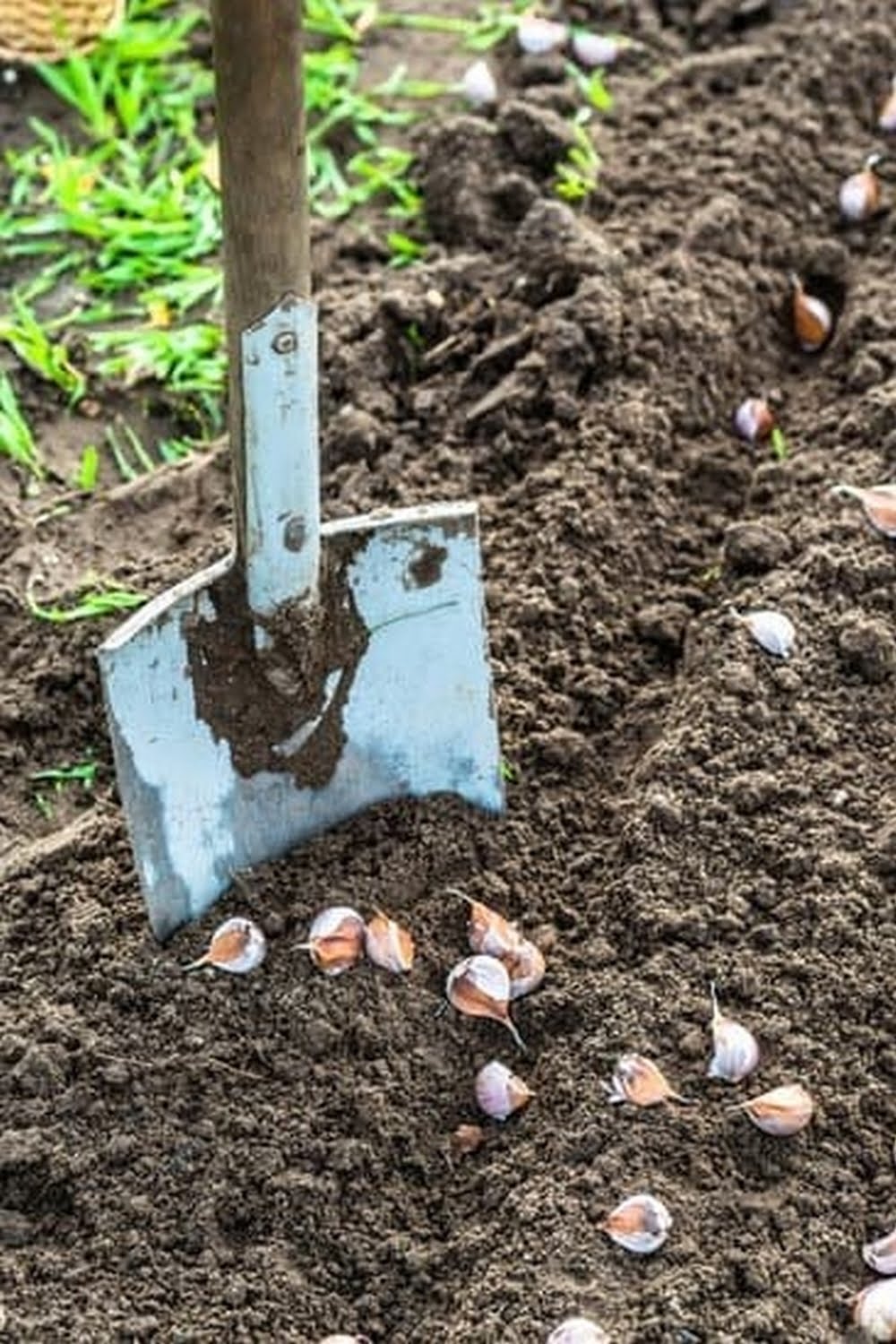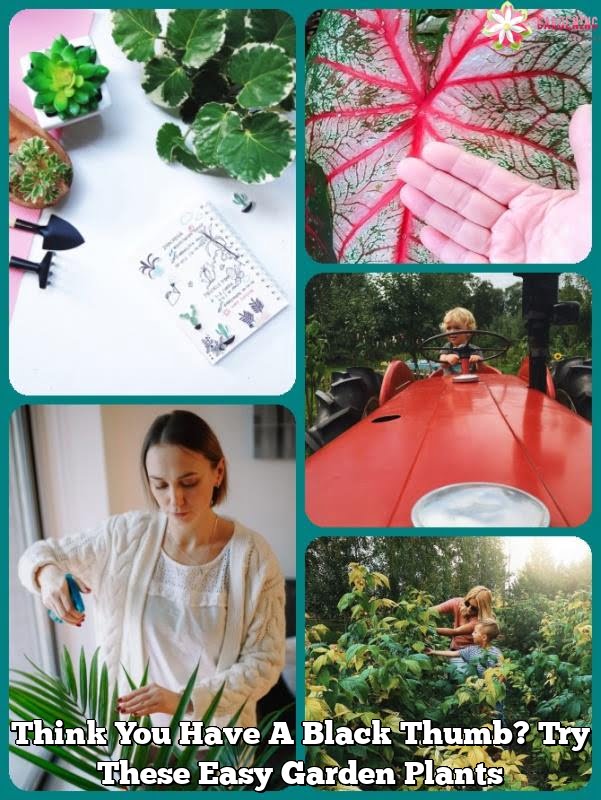You only need to learn the methods and use them.
Shoveling soil that is mostly clay can be difficult because of the hardness of the soil, making it tough to handle. To ease the digging, rub the shovel with floor or car wax and then buff it with a cloth. The clay will slide off of its surface while keeping the end from getting rusty.
Plant perennials that are resistant to slug and snails won’t be interested in eating. Snails and slugs can do irreparable damage to your garden in just one night.These pests are particularly fond of young perennials and those varieties with leaves that are tender, tender, and thin. Some perennials are not preferred meals for snails and slugs, especially if their foliage is hairy and tough, tough leaves or a taste that isn’t appetizing. Some of examples of these are achillea, campanula, campanula, helleborus, and heuchera.
Use climbers to cover walls and walls. Many climbers can cover the wall or fence in a single growing season. They can grow through shrubs and trees, or you can train them to cover your arbor. Some need to be tied to a support, but others will have to be attached to something. Some climbers that have proven to be reliable are honeysuckle, clematis, wisteria, clematis, and wisteria.
When partaking in gardening activities, particularly in the fall, keep an eye out for sink bugs. Stink bugs like to reside in tomatoes, beans, tomatoes, beans and peppers. If you do not keep them under control, these pests can damage the garden, so you should do whatever you can to eliminate them.
Most vegetables that can be grown need that much sun to grow rapidly and successfully. Some flowers also have the same thing.
If the soil in your garden has a high concentration of alkaline, you can mix the dirt with used coffee grounds.This affordable trick will give back the acid that your dirt. This solution will make the vegetables that taste better and look more appealing.
Moisture on plants is a sure way to attract disease and disease. Fungi are parasites that are common in the world of plants. It is possible to control fungi with sprays, but it’s better to spray at-risk areas before fungi appear.
A quality garden starts from seeds and not plants. The environmentally conscious way to create a new garden is to start with seeds. The plastics used in nurseries are rarely recycled and ends up in landfills, that is why it is advised to use seeds or purchase from nurseries that make use of organic materials when packaging their plants.
Plant items with fall season color in mind.Maple trees come in a variety of fall colors ranging from yellow to deep crimson, and so are beech and dogwood trees. When selecting shrubs, consider barberry, barberry, or cotoneaster.
Use common sense when you are watering the garden. Use a hose with a soaker attachment to save you time, or a watering can that needs to be refilled repeatedly. Keep water running slowly so you don’t harm fragile plants. Let it water the plants for a few hours while as you do other things.
The flesh of vegetables gets soft in the heat of the day, making them more prone to damage as you pick them.
Bees will go straight for these plants in the springtime. Spiders, ground beetles and other insects helpful to your garden tend to live in a heather bed, and other useful insects spend time in undisturbed heather beds. Keep this in mind and remember to always wear gloves when you prune your heather!
It is easy to quickly prepare the soil in a perennial garden. Use a spade to dig into the turf, then flip each piece over, then spread the area with approximately three inches of wood chips. Wait two weeks or so, then dig in and plant the new perennials.
Keep your garden tools close by to maximize horticulture efficiency.
Try to avoid letting your garden build up. While you may not be able to spend a lot of time every day in your garden, there are still many things you can do to keep things from snowballing out of control.For example, snatch out a weed or two whenever you pass by the garden, take a few moments to pull some weeds as well.
Do you want to know how to kill weeds without using commercial chemicals?You will need to have many layers of newspapers. Weeds can’t grow when there is adequate sunlight. The newspaper will kill the weeds because they no longer receive any sunlight.Newspapers tend to break down nicely over time to become part of the compost.You can add a mulch layer right on top so that it looks more attractive.
Some common examples are petunias and ageratum. If you are unsure about your seed’s requirements for sunlight, a guide either comes with seeds, or you can find this information online.
Fill the jar with beer within one inch lower than the top. Slugs are attracted to the beer and won’t be able to exit the jar.
If you need to prove to customers that your produce is legitimately organic, you should communicate your commitment to natural growing by becoming certified. This will improve your sales and creating a loyal customer base.
By mixing things up and planting in various spots, you are reducing the chances of damaging your plants.
When you are purchasing tomato seedlings for your organic garden, keep an eye on lush green starts with root systems that are bad. These starts will stick to the seedlings for quite some time, hindering the growth of the seedling as long as they are present.
These vegetables will decay and leech important nutrients right back into the new plants you are growing. You can also use some for composting, but it can benefit your plants to use it immediately.
Anybody can grow a garden, but those who bother to understand what they’re doing will be the only ones to reap rich rewards from their crop. Remember these helpful tips the next time you are working in your garden!

Welcome to my blog about home and family. This blog is a place where I will share my thoughts, ideas, and experiences related to these important topics. I am a stay-at-home mom with two young children. I hope you enjoy reading it! and may find some helpful tips and ideas that will make your home and family life even better!





